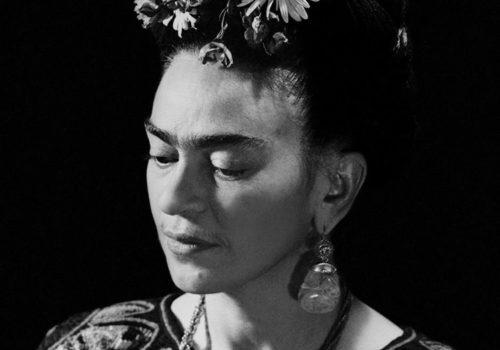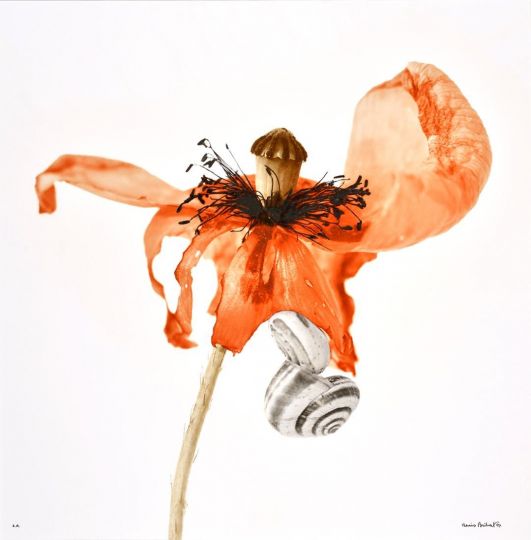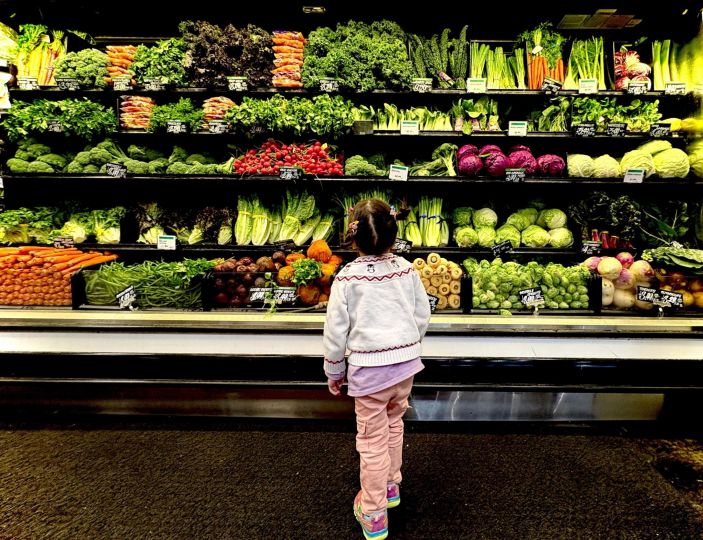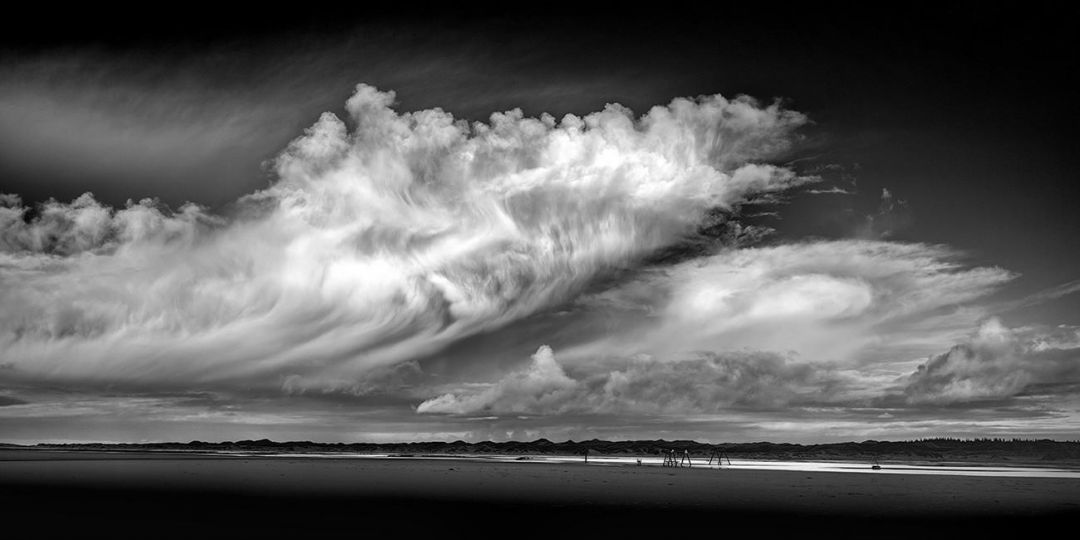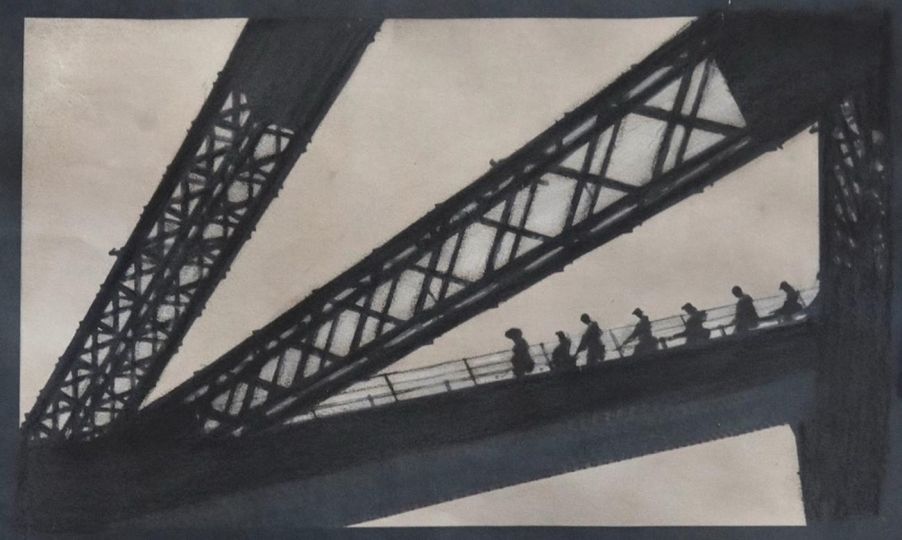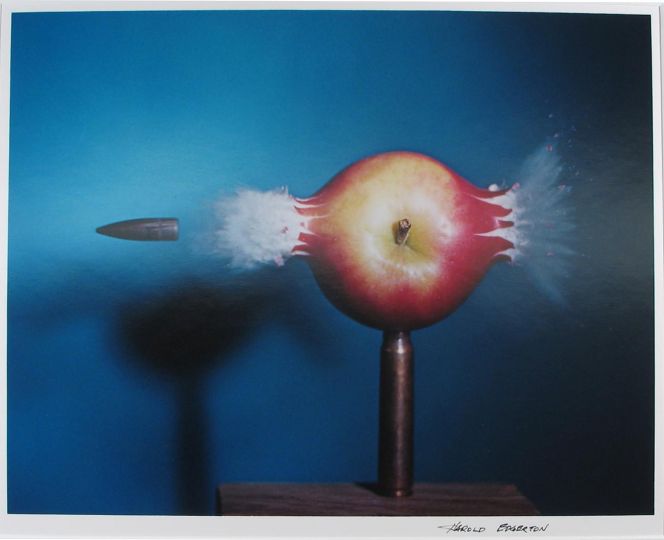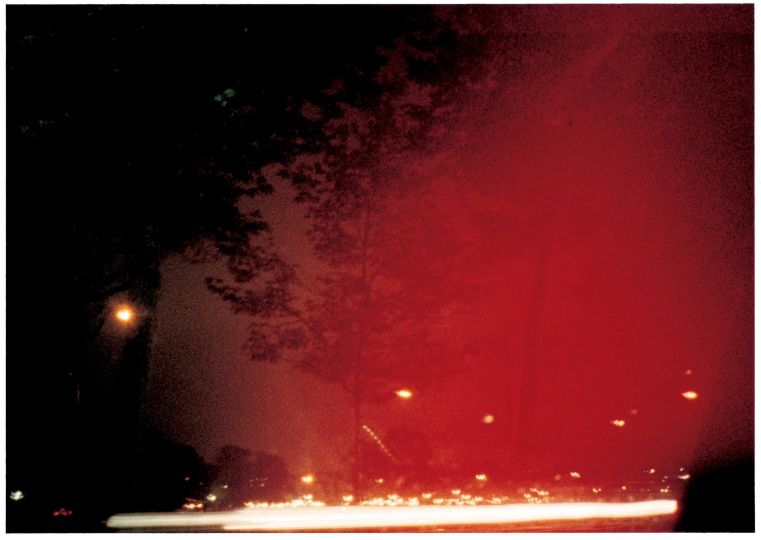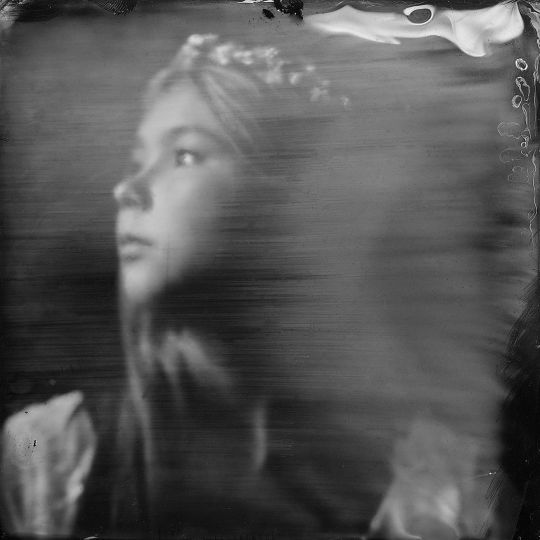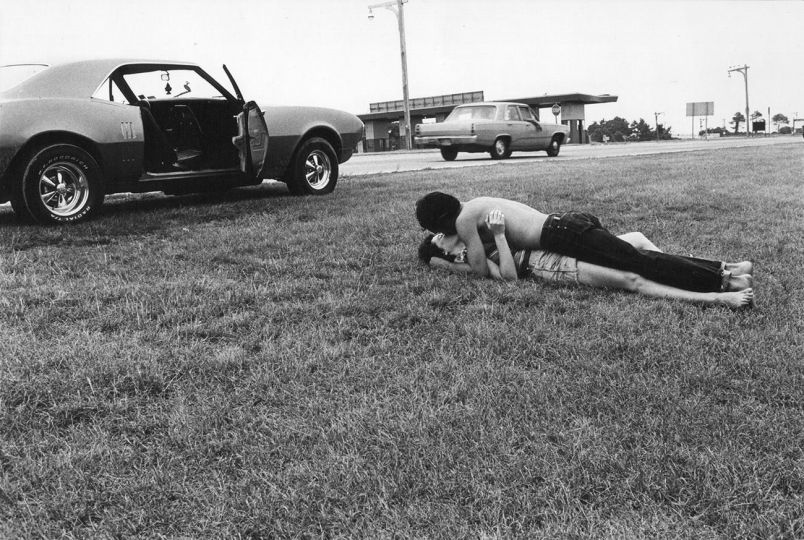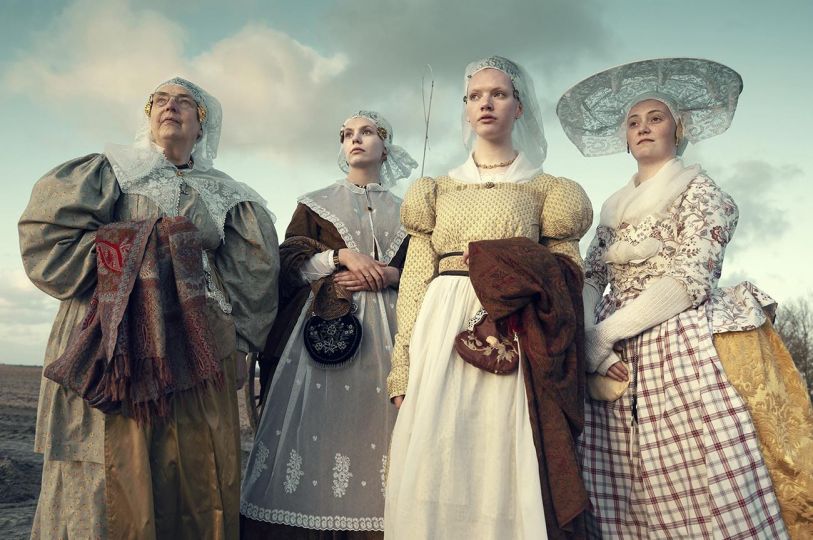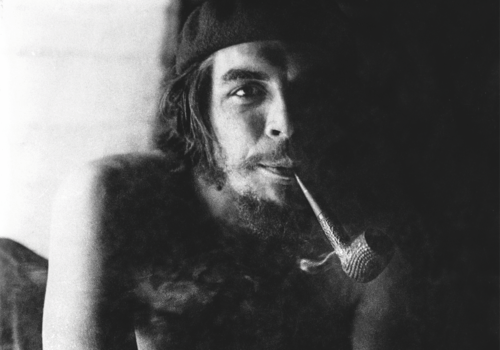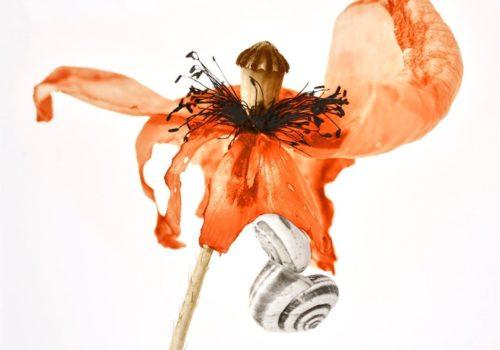Jacob Loewentheil presents a new exhibition Forging Portraiture – A Contemporary Look at Modern Photography. Matthew Morrocco draws from Marcel Sternberger’s iconic psychological portraits of FDR, Frida Kahlo, and Einstein, to create a personal visual legacy in his Mirror Portrait Series. The exhibition compares the work of the two artists, separated by nearly 80 years, and asks viewers to think carefully about what legacy means today.
Social media has taken over our lives. Artists today must cultivate a public image in order to be relevant, let alone remembered, for their work. In this context, it is hard to imagine a world where a photographer’s skills as a recorder of history are a rarefied commodity. But this is the world of Marcel Sternberger, inventor of the Psychological Portrait in the 1940s and photographer of some of history’s greatest portraits such as FDR’s bust for the American Dime. This is the world Matthew Morrocco, who holds an MFA in photography from Columbia University where he was mentored by photographers such as Rineke Dijkstra, helps us access through his kaleidoscopic photographs of his artistic circle in New York City.
From Ilse Sternberger, Marcel’s wife, to Jo van Gogh-Bonger, Van Gogh’s sister-in-law to John Maloof who discovered Vivian Maier’s work, an artist’s legacy is often forged by someone who comes after them. By contrast, today, social media has necessitated that artists craft their own image, as much as–if not more–than their work. In his series, Morrocco navigates this conundrum by inserting himself into his portraits of others. He uses the concept of the “selfie” to assert his own image like a painter’s signature at the bottom of a canvas.
Morrocco’s use of mirrored rooms and placement of himself in front of the lens builds on the legacy that Sternberger, inventor of the psychological portrait, envisioned for photographic portraiture’s future. According to both artists’ visions, the value of photography is in its immediacy. In Sternberger’s work, we imagine the great men and women of history as real people, with thoughts and feelings. Less easy, but just as important is to imagine the artist behind the camera, as Morrocco forces us to do.
In 1996, nearly 40 years after Marcel Sternberger’s death, Ilse, his wife and perennial collaborator, was looking for help in cultivating the legacy of her husband’s incredible archive. She found 19th Century Rare Book and Photograph Shop, where Morrocco worked later in the 2010s, and Sternberger’s work made its way into Jacob Loewentheil’s hands. Later in 2016, Loewentheil released a book, The Psychological Portrait: Marcel Sternberger’s Revelations in Photography. While working alongside Loewentheil at the 19th Century Rare Book & Photograph Shop, Morrocco was inspired to create his Mirror Portrait Series.
While discovering Sternberger’s work Morrocco began to document his friends and colleagues–many of them luminaries in the New York art world such as Salman Toor, Jacolby Satterwhite, and Kimberly Drew. Morrocco, like Sternberger, wanted to take casual social hours, and turn them into history. As Loewentheil wrote, “Sternberger used… their engagement in discussion …to elicit internal emotions and produce the unique portraits that were his hallmark.”
While images of historic figures are essential to the writing of history, the ‘how’ and ‘why’ of the creation of those images is essential to truly understanding them. If we forget that there are artists behind the lens who create these images, we lose the ability to reach out and touch the great men and women of the past and instead are left with false idols and mere iconography. Morrocco, who recognizes the value in cultivating personal legacy, for himself and others, breathes new life into Sternberger’s archive.
It may be hard to imagine someone like Sternberger viewing the selfies and instagram posts of today, but Morrocco’s work stitches together a contemporary vision of photographic representation with Sternberger’s visual legacy. With the drama of his lighting, and the certitude and seriousness of his sitters, Sternberger created a body of work that had a lasting, indelible effect on photography. His undeniable role as the inventor of modern psychological portraiture lives on through to today, but it is Morrocco’s work that serves as a conduit through which we can access it. In his work we are guided by his gentle presence to find what history really means for the people that live and create it.
Sanford Biggers – is a multi-disciplinary artist who has most recently had a huge public installation at Rockefeller Center and an exhibition in Wisconsin where he offered an alternative view to taking down monuments deemed offensive.
https://www.nytimes.com/2023/04/26/arts/design/chazen-museum-emancipation.html
Kimberly Drew – An Art influencer, writer and curator, best known as former social media curator at the Metropolitan Museum.
https://www.nytimes.com/2018/12/07/style/kimberly-drew-black-contemporary-art.html
Jacolby Satterwhite – Contemporary American Artist who works mostly in immersive digital installations about gay life. Most known for recent exhibition in the main hall at the MET and a public installation at the Moynihan Station
https://www.nytimes.com/2023/09/27/arts/design/jacolby-satterwhite-met-great-hall.html
Hiba Schahbaz – Pakistani painter who is best known for her depictions of nude women. Much of her work is focused on using the language of miniature painting to create beautiful and liberated portraits of women.
New York Magazine
Salman Toor – Is a painter from Pakistan who makes art mostly about gay life in rich green hues taking many art historical references.
Here is an article about him and his work from the TIME 100 most influential list of 2021
https://time.com/collection/time100-next-2021/5937678/salman-toor/
Ruth Patir – is an Isreali artist and filmmaker. Her most recent exhibition was representing Isreal at the 2024 Venice Biennale. Here is the article below
https://www.nytimes.com/2024/04/16/arts/design/israel-pavilion-venice-biennale.html
Forging Portraiture
Until January 12, 2025
19 Century Rare Book and Photography Shop
10 West 18th Street, Floor 7
New York, NY 10001
https://www.19thshop.com/
Open by Appointment

